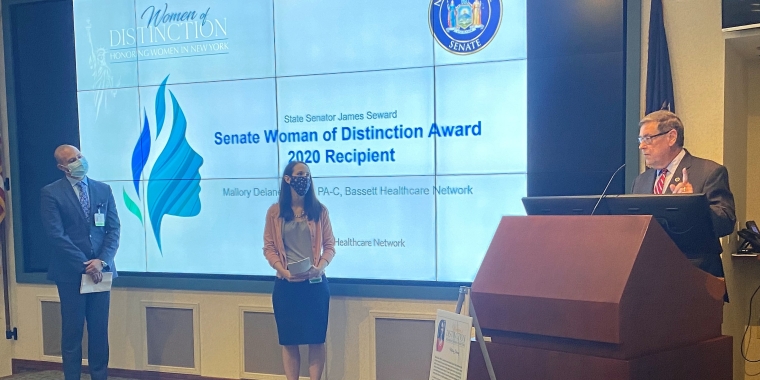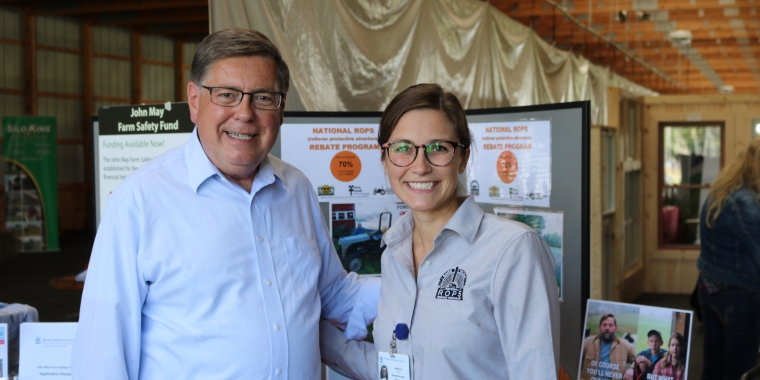
Flu Season
James L. Seward
October 22, 2009
Each time you turn on the television, listen to your radio or open a newspaper you are inevitably bombarded with stories about the flu. Certainly, this year more than any other time in recent memory, the warnings need to be taken seriously.
First, we are dealing with more than one challenge this year. The seasonal flu, a contagious respiratory illness caused by influenza viruses is making the rounds just like any other year. Along with that threat, we are also combating H1N1, or the swine flu.
Influenza on its own is a very serious illness. Each year in the United States, on average, 5 percent to 20 percent of the population gets the flu, more than 200,000 people are hospitalized from flu complications and about 36,000 people die. Adding in the even more dangerous H1N1 virus makes for a very problematic flu season.
Seasonal flu can cause symptoms similar to the common cold, but flu is a much more serious illness. Colds tend to develop gradually while the flu tends to start very suddenly. Colds generally do not result in the serious health problems that can be seen with flu--such as pneumonia, bacterial infections, hospitalizations or death. Certain people are at "high risk" of serious complications from seasonal influenza. This includes people 65 years and older, children younger than five years old, pregnant women and people of any age with certain chronic medical conditions.
The much talked about H1N1 flu is caused by a new virus that is different from the seasonal flu we usually see each fall and winter. The symptoms are similar to seasonal flu but may be more severe and could also include vomiting and diarrhea. This new flu strain is creating an unpredictable flu season which is garnering a great deal of attention by the medical community and government agencies.
The flu is spread from person-to-person when someone who has the flu sneezes, coughs or even talks. The flu virus is put into the air and may be inhaled by anyone close by. Occasionally a person may become infected by touching something with the virus on it and then touching his mouth or nose.
You can take steps to protect yourself and your family from the flu, including:
• Washing your hands often with soap and warm water. Alcohol-based hand cleansers are also effective;
• Avoiding people who are ill;
• Staying home from work or school if you are sick;
• Using tissue when you cough, sneeze or spit, and dispose of the tissue in a covered trash bin;
• Keeping hands away from your face. Avoid touching your eyes, nose or mouth;
• Cleaning shared space more often such as phone receivers, keyboards, steering wheels and office equipment;
• Refraining from sharing personal items such as forks, spoons, toothbrushes and towels.
Along with the preventive measures, medical professionals also say that vaccination is the best protection against contracting the flu. According to the Centers for Disease Control and Prevention (CDC), you need two vaccines to be fully protected this year. The seasonal flu vaccine is different from the H1N1 flu vaccine. The CDC is encouraging people to get both vaccinations as soon as possible.
If you get sick with flu-like symptoms this flu season, health professionals say you should stay home and avoid contact with other people except to get medical care. Most people with 2009 H1N1 have had mild illness and have not needed medical care or antiviral drugs and the same is true of seasonal flu. However, young children, people over 65, pregnant women and individuals with certain chronic health problems are more likely to get flu complications and they should talk to a health care provider about whether they need to be examined.
More than any other year it is important to remain informed about the flu. I invite you to check my website for additional resources and updated information.
Share this Article or Press Release
Newsroom
Go to NewsroomMohawk Valley Nine Pledge Support for Remington
September 28, 2020

Senator Seward Pays Tribute to Senate Woman of Distinction
September 8, 2020


